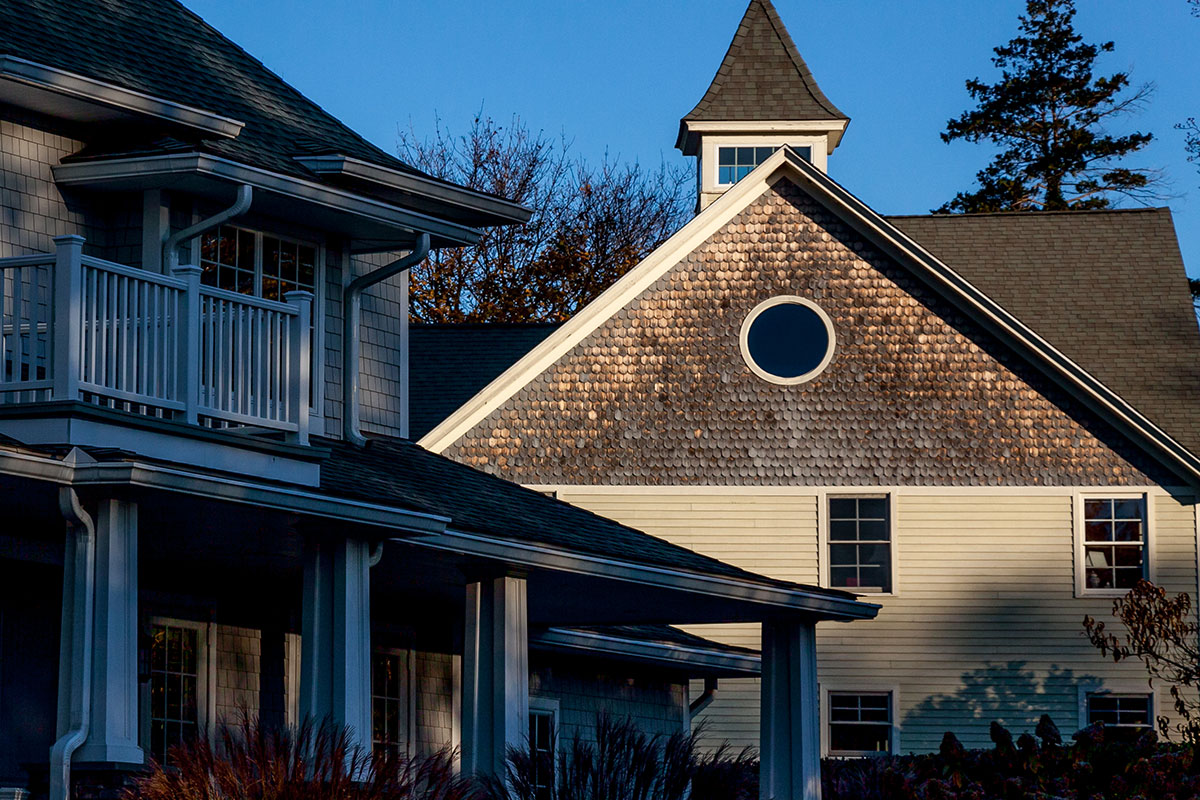If you sell your home, you may exclude up to $250,000 of your capital gain from tax — or up to $500,000 for married couples.
The 1997 Taxpayer Relief Act contained a big break for homeowners. If you sell your home, you may exclude up to $250,000 of your capital gain from tax. For married couples filing jointly, the exclusion is $500,000. Also, unmarried people who jointly own a home and separately meet the tests described below can each exclude up to $250,000.
The law applies to sales after May 6, 1997. To claim the whole exclusion, you must have owned and lived in your residence an aggregate of at least two of five years before the sale (this rule is called the “ownership” and “use” test). You can claim the exclusion once every two years.
If You Don’t Meet the Use Test
Even if you haven’t lived in your home a total of two years out of the last five, you are still eligible for a partial exclusion of capital gains if you sold because of a change in your employment or health, or other unforeseen circumstances. You get a portion of the exclusion, based on the portion of the two-year period you lived there. To calculate it, take the number of months you lived there before the sale and divide it by 24.
For example, if an unmarried taxpayer lives in her home for 12 months, and then sells it for a $100,000 profit, the entire amount would be excluded. Because she lived in the house half of the two-year period, she could claim half of the exclusion, or $125,000. (12/24 x $250,000 = $125,000.) That’s enough to exclude her entire $100,000 gain.
Nursing Home Stays
For people living in a nursing home, the ownership and use test is lowered to one out of five years before entering the facility. And time spent in the nursing home still counts toward ownership time and use of the residence. For example, if you lived in a house for a year, and then spent the next five in a nursing home before selling the home, the full $250,000 exclusion would be available.
Marriage and Divorce
Married couples filing jointly may exclude up to $500,000 in gain, provided:
- either spouse owned the residence
- both spouses meet the use test, and
- neither spouse has sold a residence within the last two years.
If each member of a married couple owns and occupies a separate residence and files jointly, each may exclude up to $250,000 in gain when they sell. Also, if it’s a new marriage and one spouse sold a residence within two years before the marriage (thereby disqualifying him or herself from the exclusion), the other spouse may still exclude up to $250,000 in gain on a residence owned before the marriage.
A new marriage may also double the tax break in some circumstances. Suppose a single man sold his principal residence on October 1, and gained 500,000 in profits. Let’s also say that he and his girlfriend had been living in the house for two years (but wasn’t on the title), so they both satisfy the use test. If they get married by midnight December 31 of the same year, they can file a joint return for that year and exclude the entire $500,000.
Divorced taxpayers may tack on the ownership and use of their residence by their former spouse. For example, say that upon divorce, the wife is allowed to live in the husband’s residence until she sells it. He has owned the residence for 18 months. Once the sale occurs, the couple will split the profits 50-50.
If the wife sells the home nine months later, she may tack on her ex-husband’s ownership to meet the two-year ownership test. Also, the husband may tack on his ex-wife’s continued use of the residence to meet the two-year use test. Each one is entitled to exclude $250,000 of profits from the sale. Widowed taxpayers may also tack on the ownership and use by their deceased spouse.
Home Offices: A Tax Drawback
The exclusion does not apply to depreciation allowable on residences after May 6, 1997. If you are in a high tax bracket and plan to live in your home a long time, taking depreciation deductions for a home office is quite valuable right now. But if not, you might want to reconsider using a portion of your home as an office, because all depreciation deductions you take will be taxed at 25% when you sell the house. Example: A married couple sells a home with an adjusted basis (purchase price plus capital improvements) of $100,000 for $600,000. Over the years, they had taken $50,000 in depreciation deductions for a home office.
Taxable gain:
Sales Price: $600,000
Adjusted Basis – $100,000
Taxable gain = $500,000
Of that gain, $450,000 is tax-free under the new law; the $50,000 taken as depreciation deductions is subject to 25% capital gains tax.
Splitting Up Big Gains
If you expect huge gains from selling a house — more than can be excluded from tax under the new rule — you should consider ways to divide ownership of the house.
For example, say a couple owns their residence together with their adult son (perhaps because they have given him a share). If he meets the ownership and use tests as to one-third of the property, the son may sell his share for a $250,000 gain without incurring a tax. His parents could simultaneously sell their share for $500,000 without tax, sheltering the entire $750,000 gain.
San Francisco tax attorney and columnist Bob Sommers, also known as the Tax Prophet, provides tax information with a flair at www.taxprophet.com.
|










